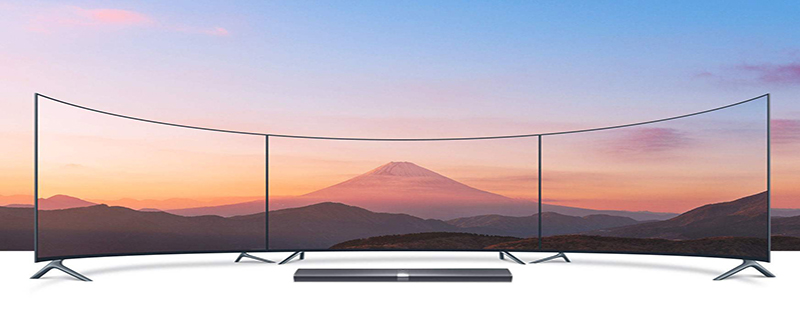Can the human eye distinguish 144 frame rate?
I must have seen photos of high-speed objects, such as athletes waving their arms. The arm is an afterimage in the photo because the arm moves faster than the shutter speed. The same goes for videos. Essentially, the camera takes pictures one by one. The shutter time is still slower than that of moving objects, and there is smearing in a single frame.

This trailing picture gives the brain a very important message, that is, the direction of movement of the object is at least the movement posture. Seeing things with the naked eye is similar to this situation. Although it cannot be processed several times per second, what is processed every time is a picture with a similar trailing effect. In mathematical terms, it is vector data. (Recommended learning: webfront-end video tutorial)
The problem with the game is that every picture is the result of calculation, the picture is a scalar, and the position of the object is fixed. The arms are still in every picture, and only when you look at a few pictures consecutively can you feel the movement. Therefore, information is delayed in transmission, and the so-called movement requires the brain to make up for it.
To be extreme, what are you most afraid of when playing games? Stuttering. The 24 frames in the game actually means 24 frames per second. A lot of information is lost. Only by further increasing the frame rate and supplementing information can the brain treat it according to common sense.
In addition, let me say here that 144hz is the refresh rate of the display, and 24 and 60 are the refresh rates of the screen. Not a concept. A 144-bit monitor with 24fps games won’t make you super awesome. When talking about picture speed, take the lowest value between the two.
Use the mouse to quickly draw a circle on the computer. You can clearly see that there will be about 8 small mouse arrows (afterimages). There are about 15 to 20 mice on the 144hz screen. At this time , the questioner looked at his fingers again, quickly drew a circle with his fingers, and could see countless hands (compare the mouse afterimage on the computer).
This shows that the human eye can process a lot of information per second, at least greater than 144fps. This just proves that 24fps movies are only a product of a period of backward technology, and only ensure that people can It's just a habit.
As for why most movies are still 24fps movies now, because it saves money, the producers save money, and the audience can also spend less. Anyway, the audience has been watching 24fps movies for decades, and no one complained about it. Everyone was happy.
60hz computers also have an inefficient display method. If you are used to a 144hz screen, you will feel that 144hz can only guarantee basic smoothness. As for the refresh rate of the monitor, I really don’t know, but it is at least above 1000fps.
The human eye can definitely not only see 24fps. If the human eye can only see 24fps, then using these eyes to see the world, the world will be very stuck. Why is there such a big gap between 144 and 60?
It’s because when objects move in the real world, the object itself does not have fps. The object itself does not refresh how many times per second. The object moves in a gap-free and fps-free manner. (can be understood as infinite fps), so on a computer monitor: the larger the fps, the smoother, more comfortable, and less lag-free the human eye will see on the monitor, and the closer it is to the smoothness of the real world.
Moreover, 144fps is not the limit acceptable to the human eye, nor is 240fps. There is no civilian equipment that can blur the measurement. When a 2000hz monitor comes out in the future, the motion trajectory of the monitor's picture will be It’s close enough to reality (a world without lag).Or the human eye simply does not have an upper limit of fps. The fps is just a conclusion scheme made to simulate the movement of the human eye observing the world. In order to be able to deceive the human eye, the refresh rate of the display will definitely be increased to a very high value in the future.
The above is the detailed content of Can the human eye distinguish 144 frame rate?. For more information, please follow other related articles on the PHP Chinese website!

Hot AI Tools

Undresser.AI Undress
AI-powered app for creating realistic nude photos

AI Clothes Remover
Online AI tool for removing clothes from photos.

Undress AI Tool
Undress images for free

Clothoff.io
AI clothes remover

Video Face Swap
Swap faces in any video effortlessly with our completely free AI face swap tool!

Hot Article

Hot Tools

Notepad++7.3.1
Easy-to-use and free code editor

SublimeText3 Chinese version
Chinese version, very easy to use

Zend Studio 13.0.1
Powerful PHP integrated development environment

Dreamweaver CS6
Visual web development tools

SublimeText3 Mac version
God-level code editing software (SublimeText3)

Hot Topics
 1392
1392
 52
52


